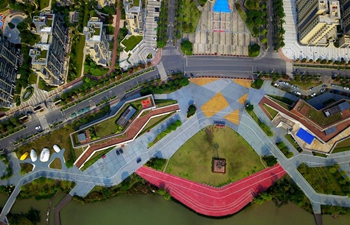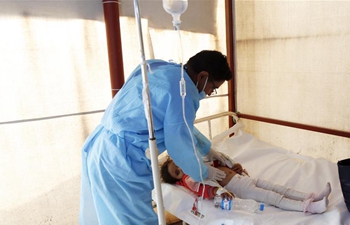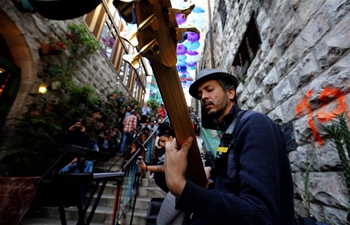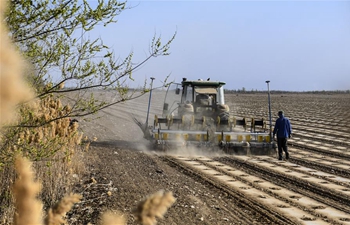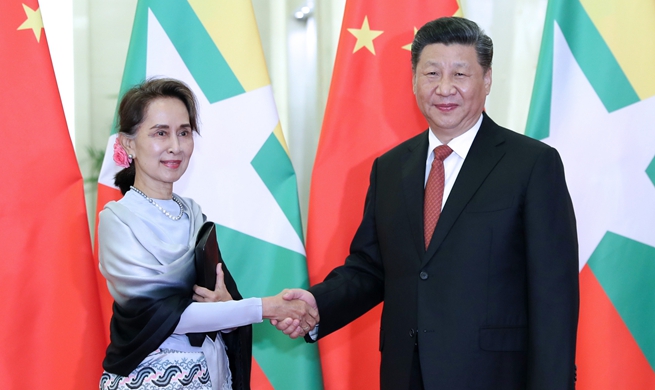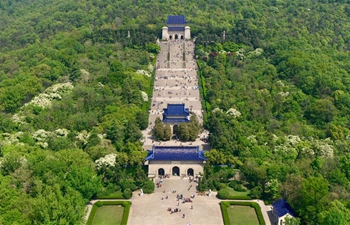UNITED NATIONS, April 24 (Xinhua) -- An exhibition on calligraphy art of Chinese oracle bones was launched Wednesday evening at the UN headquarters in honor of the 120th anniversary of the discovery of Chinese oracle bones.
Held by the Oracle Art Research Center of China's Anyang University, the exhibition gathered some 20 pieces of oracle bone calligraphy created by several artists, and these works reproduced the cultural connotation of the ancient Chinese text.
Jiaguwen, or oracle bone inscriptions, is an ancient Chinese language that named for their inscriptions on tortoise shells and animal bones. It is a primitive form of Chinese characters and the oldest fully-developed character in China.
Oracle Bone inscription is one of the four ancient characters in the world, and the only text in ancient Chinese characters that has been passed down to the present.
In 2017, Chinese oracle bone inscriptions have been listed by the United Nations Educational, Scientific and Cultural Organization (UNESCO) on its Memory of the World Register.
At present, there are more than 4,500 words on about 170,000 oracle bones found in China, among which about 1,500 words have been identified.
At the ceremony to launch the exhibition, Zhang Daosen, executive chairman of the Oracle Art Research Center, said that the Chinese character art evolved from oracle bone inscriptions represents a profound Chinese cultural heritage. It is an important source of Chinese people's world outlook and aesthetics.
The number of people engaged in oracle bone inscription calligraphy is increasing day by day, he said.





